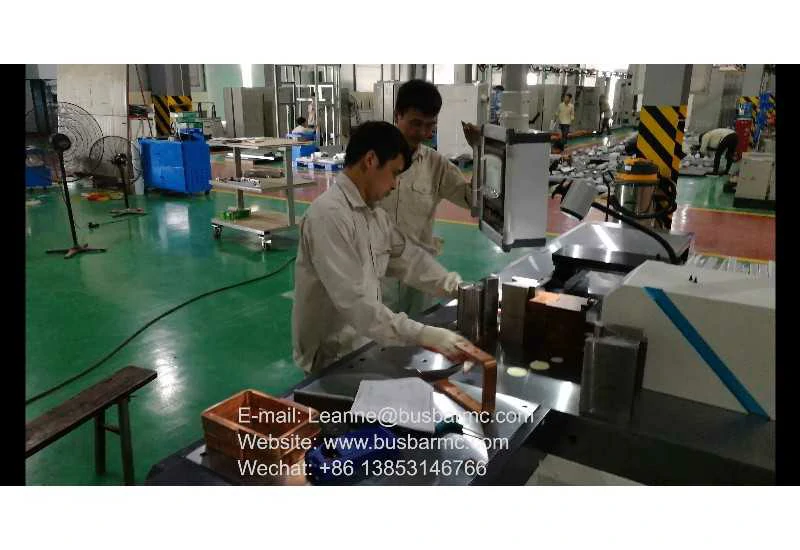Title: Unveiling the Essential Differences between POE and POP
Introduction:
In the realm of networking, Power over Ethernet (POE) and Power over Ethernet Plus (POE+) have revolutionized the way devices are powered and connected. However, it is crucial to understand the fundamental disparities between POE and Power over Power (POP) to grasp their distinct functionalities and implications. This article delves into the essential differences between these two technologies, shedding light on their unique features and applications.
1. Definition and Basic Functionality:
POE: Power over Ethernet is a technology that allows power and data to be transmitted through an Ethernet cable simultaneously. It eliminates the need for separate power supplies for network devices, making it easier to deploy and manage various devices such as IP phones, wireless access points, and security cameras.
POP: Power over Power is a concept wherein power is transmitted over power lines typically used for electricity distribution. By injecting low-voltage DC (Direct Current) onto the AC (Alternating Current) line, devices can receive power without requiring a separate power supply.
2. Power Capacity and Transmission Distance:
One prominent difference between POE and POP lies in their power capacity and transmission distances.
POE: Standard POE provides a power capacity of up to 15.4 watts per port, while POE+ can deliver up to 30 watts per port. The power capacity in POE is suitable for low-power devices such as IP phones and wireless access points. However, high-power devices like PTZ (Pan-Tilt-Zoom) cameras and video conferencing systems may require the additional power capacity provided by POE+.
POP: Power over Power, on the other hand, can transmit higher power amounts compared to POE. This makes it more suitable for power-hungry devices, including large industrial machinery, electric vehicle charging stations, and medical equipment. Additionally, POP can transmit power over longer distances compared to POE, making it ideal for applications that require power transmission over extended areas.
3. Infrastructure Requirements:
The infrastructure requirements differ significantly between POE and POP.
POE: Implementing POE requires Ethernet cables with four twisted pairs. These cables are commonly used in networking infrastructures, making POE integration relatively straightforward. Power sourcing equipment (PSE) injects power into the network cable, while powered devices (PDs) extract power from the cable.
POP: Power over Power utilizes existing electrical wiring systems, eliminating the need for separate power cables. However, certain modifications may be required to ensure compatibility between the POP-enabled devices and the electrical infrastructure. In some cases, additional filters and isolators are necessary to separate power and data signals.
4. Flexibility and Scalability:
Both POE and POP offer different levels of flexibility and scalability.
POE: POE is primarily designed for low-power devices and applications. It provides simplicity and ease of installation, allowing devices to be placed in locations without direct access to a power outlet. Additionally, POE networks can easily expand by adding more switches and devices without significant infrastructure modifications.
POP: POP is inherently designed for high-power applications, enabling the transmission of substantial amounts of power over long distances. This makes it suitable for demanding industrial environments. However, implementing POP may require additional considerations due to the integration with existing electrical systems.
Conclusion:
Power over Ethernet (POE) and Power over Power (POP) are two distinct technologies with different applications and features. POE excels in providing power and data simultaneously to low-power network devices, while POP enables the transmission of higher power amounts over long distances using existing electrical infrastructure. By understanding these essential differences, network administrators and engineers can make informed decisions regarding the deployment of appropriate power solutions for their specific requirements.
.webp)



